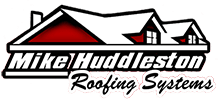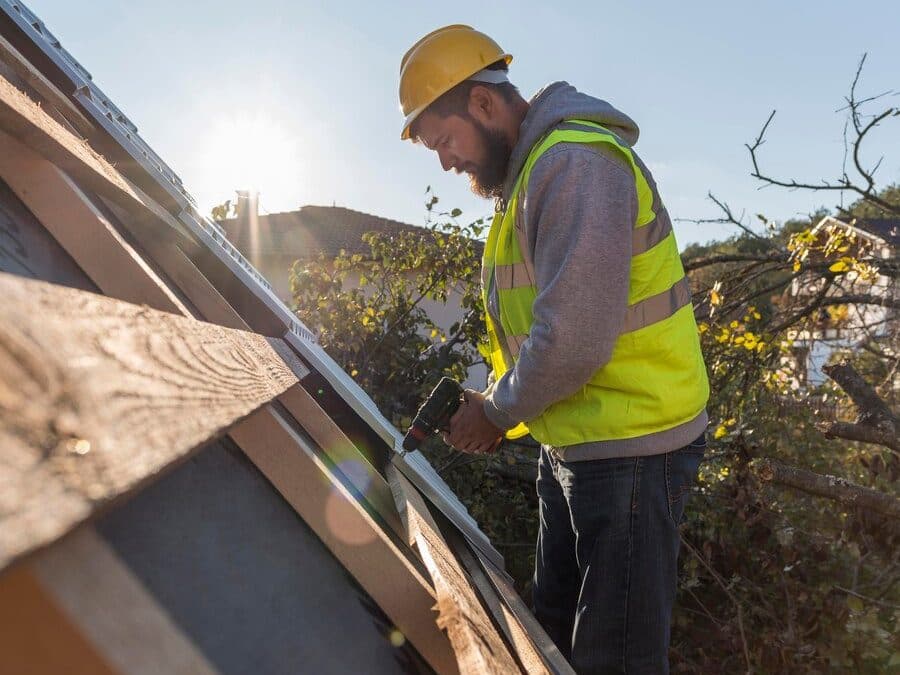Roof problems can sneak up on homeowners, causing significant damage before they’re even noticed. Recognizing hidden roof issues early is crucial for maintaining the integrity of your home. By staying vigilant, we can prevent minor problems from turning into costly repairs.
Often, roof damage isn’t immediately visible. Small leaks, missing shingles, or structural weaknesses can develop without obvious signs. Regularly checking your roof and knowing what to look for can help you catch these issues early. This way, you can address them before they escalate.
Attics and ceilings can also show signs of roof problems. Damp spots, mold growth, or sagging can indicate underlying issues with the roof. By paying attention to these areas and performing routine inspections, we can identify and fix problems in time.
Regular maintenance is another essential step in keeping a roof in good shape. Professional inspections and timely repairs ensure that potential issues are addressed before they worsen. By being proactive, we can protect our homes and extend the lifespan of our roofs.
In this article, we’ll explore how to spot hidden roof problems, inspect attics and ceilings for clues, maintain a healthy roof, and address minor issues before they become major concerns. Follow these guidelines to keep your roof strong and your home safe.
Identifying Common Signs of Roof Damage
Identifying roof damage early can save us from costly repairs and serious home issues. Common signs of roof damage often appear gradually, making them easy to overlook. Regularly checking the roof for these signs can help.
First, look for missing or damaged shingles. Shingles protect the roof from water and weather damage. Missing shingles leave the roof exposed and can lead to leaks. Damaged shingles, such as those that are cracked, curled, or blistered, also indicate potential problems. Replace missing or damaged shingles promptly to maintain the roof’s integrity.
Another sign to watch for is granule loss. Asphalt shingles have granules that protect them from the sun. If we notice an excessive amount of granules in the gutters or downspouts, it means the shingles are wearing down. This can reduce their effectiveness and lead to further damage.
Also, check for signs of water damage, like stains or streaks on the exterior walls. These can indicate that water is leaking from the roof. Pay attention to moss or algae growth as well. While they might seem harmless, they can trap moisture and cause the roof material to deteriorate.
Inspecting Attics and Ceilings for Clues
Attics and ceilings often reveal hidden roof problems. We can find signs of roof issues by checking these areas regularly. Ignoring these signs can lead to more extensive damage over time.
Start by inspecting the attic. Look for damp spots, water stains, or mold growth. These can indicate that water is seeping through the roof. Mold growth is particularly concerning, as it can affect indoor air quality and cause health problems. If we spot mold, it’s essential to address the cause of the moisture and remove the mold promptly.
Check for light coming through the roof. If we can see daylight in the attic, it means there are holes or gaps in the roof. These openings can allow water, pests, and cold air to enter the home, leading to more significant issues.
Ceilings inside the home can also show signs of roof problems. Look for discoloration, stains, or sagging areas. These can indicate water leaks from the roof. If the ceiling paint is peeling or bubbling, it might be due to moisture getting trapped underneath. Addressing these issues early can prevent further damage to the roof and the home’s interior.
Inspecting the attic and ceilings regularly helps us detect hidden roof problems before they escalate. By taking prompt action, we can protect our homes from extensive damage and ensure a safe living environment.
Regular Maintenance and Professional Inspections
Regular maintenance and professional inspections are crucial for keeping our roofs in top shape. By staying proactive, we can detect and address issues before they become major problems. Here’s how we can manage regular roof care.
Creating a maintenance schedule is the first step. We should inspect our roofs at least twice a year, ideally in the spring and fall. This allows us to catch any damage caused by harsh weather conditions. In addition to seasonal checks, it’s also important to inspect the roof after any severe weather events like storms or high winds.
During these inspections, look for the common signs of damage we discussed earlier. This includes checking for missing or damaged shingles, granule loss, and water stains. Also, clear any debris from the roof and gutters to ensure proper drainage.
In addition to our own inspections, scheduling professional inspections is important. A roofing expert can spot issues that we might miss and provide knowledgeable advice on necessary repairs. Professionals can assess the roof’s condition more thoroughly and suggest maintenance tips to prolong its lifespan.
Professional inspections offer several advantages, such as identifying potential problem areas and ensuring all parts of the roof are functioning correctly. By combining our regular maintenance efforts with professional expertise, we can keep our roofs strong and durable.
How to Address Minor Roof Issues Before They Worsen
Addressing minor roof issues early can save us from bigger headaches later on. Small problems can escalate quickly if not managed in time. Here’s a guide on handling minor roof issues before they become major concerns.
Start by tackling any missing or damaged shingles. Replacing a few shingles is much simpler and cheaper than dealing with extensive roof damage. It’s important to keep a few spare shingles on hand that match the existing ones, so repairs can be made promptly.
Next, handle minor leaks immediately. If we notice a small leak, we should locate the source and seal it using a high-quality sealant. Ignoring leaks can lead to water damage, mold growth, and even structural problems over time.
Clogged gutters can also cause roof issues. Ensure that gutters and downspouts are clear of debris to enable proper water flow. Blockages can lead to water pooling on the roof, which can weaken the roofing material and cause leaks.
Flashing around chimneys, vents, and skylights should be checked regularly. If the flashing is damaged or loose, water can seep through these areas. Repair or replace damaged flashing to ensure a watertight seal.
Lastly, address any signs of wear and tear immediately. Regular cleaning and prompt repairs can significantly extend the roof’s lifespan. By being diligent about minor issues, we can avoid more extensive and costly repairs in the future.
Conclusion
Keeping our roofs in good condition involves regular inspections, maintenance, and addressing small issues before they worsen. By identifying common signs of roof damage, checking attics and ceilings for clues, and staying on top of repairs, we can prevent minor problems from turning into major headaches.
A well-maintained roof protects our homes and ensures the safety and comfort of our families. Being proactive in roof care saves time, money, and stress. However, sometimes we need expert help to keep our roofs in the best shape.
At Mike Huddleston Roofing Systems, we specialize in providing professional roofing services to help you maintain a sturdy and reliable roof. Contact our roofing company today to schedule an inspection or repair. Let us help you protect your home from hidden roof problems before they escalate.

